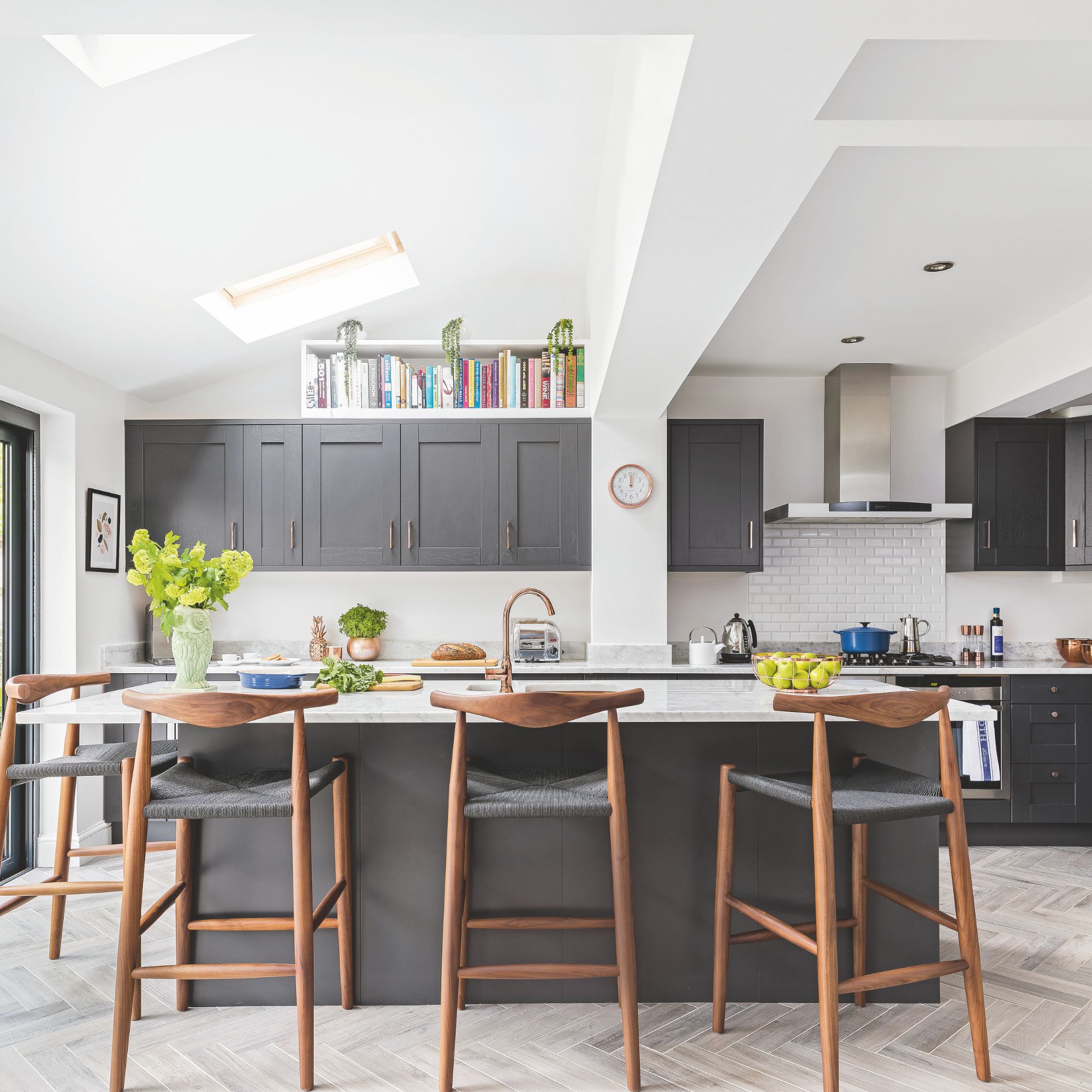
Extending a kitchen is a tempting project. A larger room could create additional storage, boost cooking and preparation space, and even make room for dining. It might also be an opportunity to introduce more light and a make a better connection to the garden.
But as packed with potential as kitchen extension ideas are, there’s still the question of whether a kitchen extension project is the right one for your home and your lifestyle. If not, there are other ways to improve a kitchen you might consider.
To help you answer the question of whether you should build an extension to house a bigger kitchen, we’ve put together a guide to the advantages and possible downsides, along with the other space-expanding strategies that are on offer.
Is a kitchen extension a good idea?
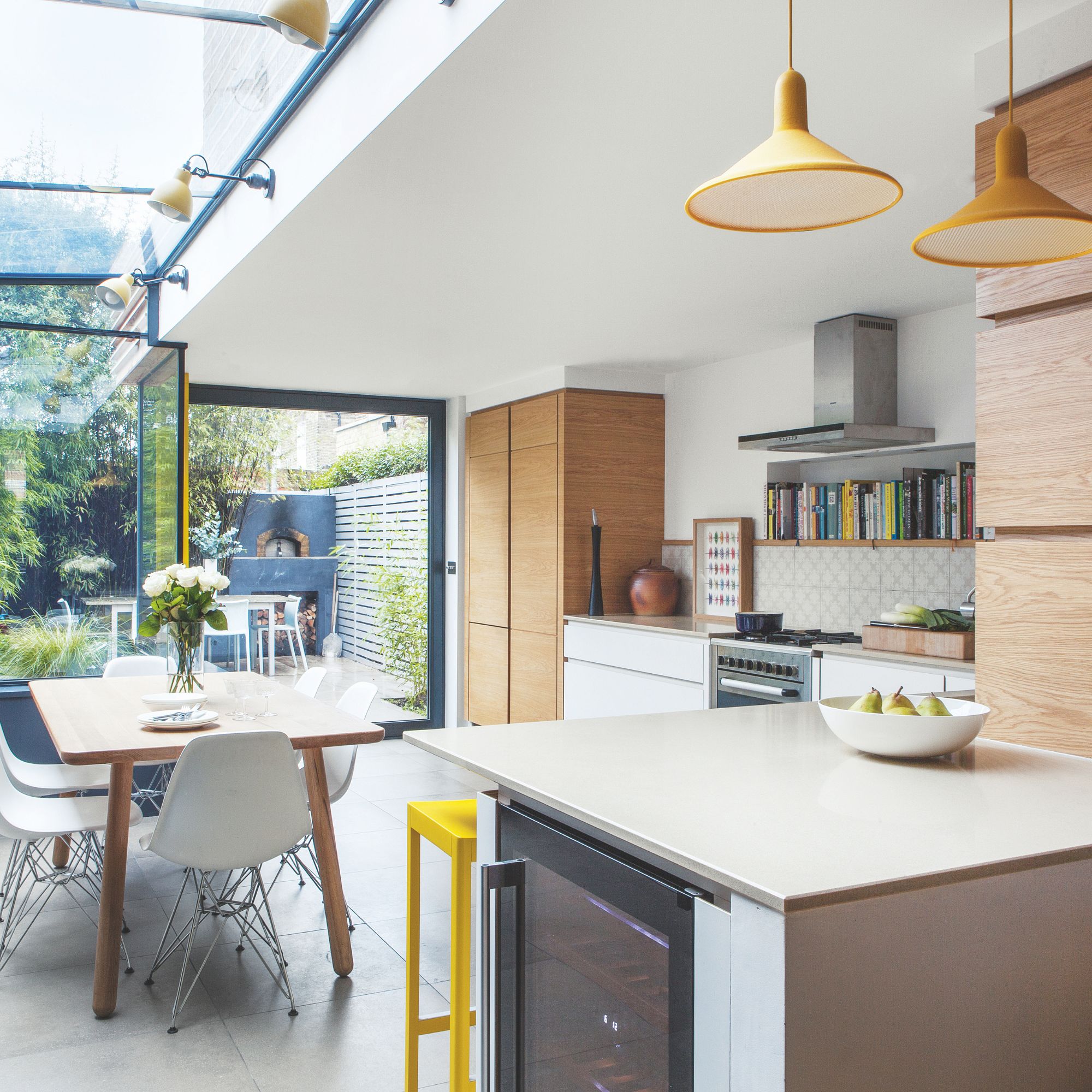
Planning a kitchen extension can be a great project for some homes and it’s often a good addition to a property. ‘Do you want to improve the amount of living space in your home?’ asks George Omalianakis of GOAStudio London residential architecture. ‘Do you want to increase it because your family or work circumstances changed? Are you tired of having to go through small door openings and dark utility rooms to enjoy your garden?
‘To all three questions a kitchen extension is your answer,’ he says. ‘When you move your kitchen to a new extension, through a considered design that takes into account the rest of your home, you free up space across the ground floor. This space can then be re-used and re-arranged to meet your requirements in a way that can maximise what your property can become.’
But it’s not necessarily the right choice for everyone. ‘For very practical reasons, both for yourselves and future owners, you do not want to unbalance the house by either adding too much living space, by not creating enough bedroom space, or by reducing the size of the garden too much,’ says George. ‘It is important to get the balance right.’
Below are the pros and the cons to weigh up.
Pros of adding a kitchen extension
- Increased space – even with a small kitchen extension. ‘Extra storage, more dining space and room to move around all make a kitchen more user friendly and a pleasant space to spend time in,’ says property and construction expert Thomas Goodman of MyJobQuote.
- Light and views. George Omalianakis suggests it could allow ‘a kids’ play area to keep an eye on the kids when you prepare food; sightlines to the sky outside; and long views across your garden’.
- Unobtrusive appliances. ‘Many people like to integrate or separate pantries, cold rooms, utility and boot rooms which extending often allows to be a consideration,’ says Grant Straghan, founder of the architectural and interiors studio DEDRAFT. ‘Without an extension many houses simply have to cram in appliances where they can to make the most of a smaller footprint.’
- Better flow. ‘A kitchen extension can improve the traffic flow in your home and connect more smoothly with other areas of the house,’ says Thomas.
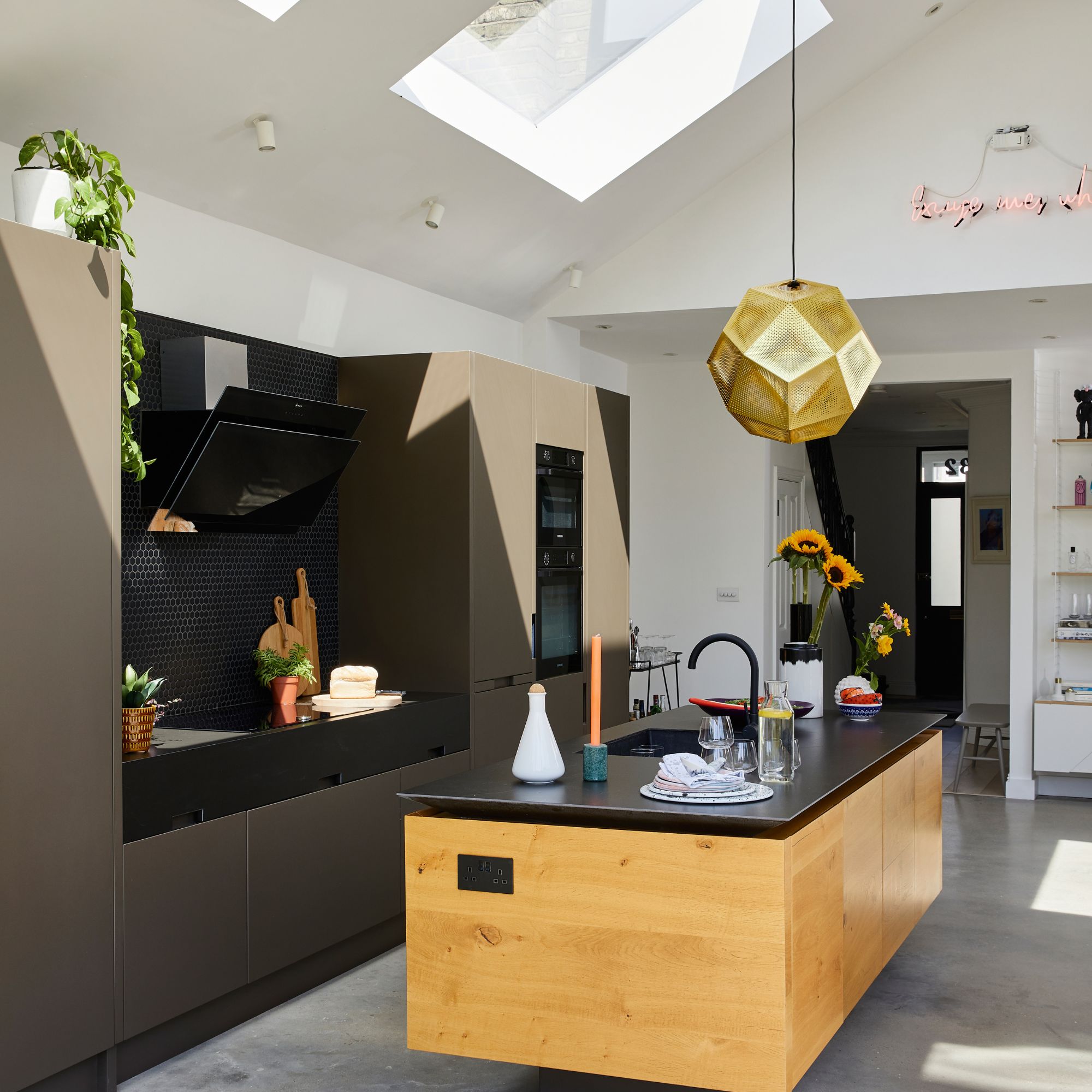
Cons of adding a kitchen extension
- Expense and disruption. Think both kitchen extension cost and the impact of the work. ‘Often clients forget the additional cost and knock-on effect to the remainder of the ground floor and the disruption and impact this has on the duration and overall cost of a build,’ says Grant Straghan.
- Loss of garden space. ‘It can be easy to overlook just how much of your garden you need to forfeit,’ says Thomas Goodman.
- Compromised circulation. ‘A kitchen extension gives you the chance to re-examine your ground floor plan and to maximise its potential,’ says George Omalianakis. ‘If you simply add a “box” at the rear or side of your home you are likely to create circulation problems and block access to natural light.’
- Budget hogging. ‘If you have bought a dated property with a lot of necessary updating, it can be easy to end up pouring all of your renovation budget into the kitchen,’ says Thomas.
Will a kitchen extension add value to your home?
When it comes to the value an extension can add, a kitchen addition can boost your home's worth, but only if it’s well designed..
‘A badly thought-out kitchen can actually negatively impact your home’s value,’ says Thomas Goodman. ‘If you do want to extend your kitchen, make sure it’s in keeping with the size and style of your house.’
Beware, too, the ceiling value of a home where you live. ‘If you spend too much on your extension for the property type and location, you might not recoup this money through the value added to the property,’ says George Omalianakis.
And you do need to devote adequate budget to a kitchen extension. ‘If you spend too little, estate agents might advise that you have just devalued the property,’ says George. ‘The same thing is likely to happen if you overdevelop the property by leaving a garden space that is just too small,’ he adds.
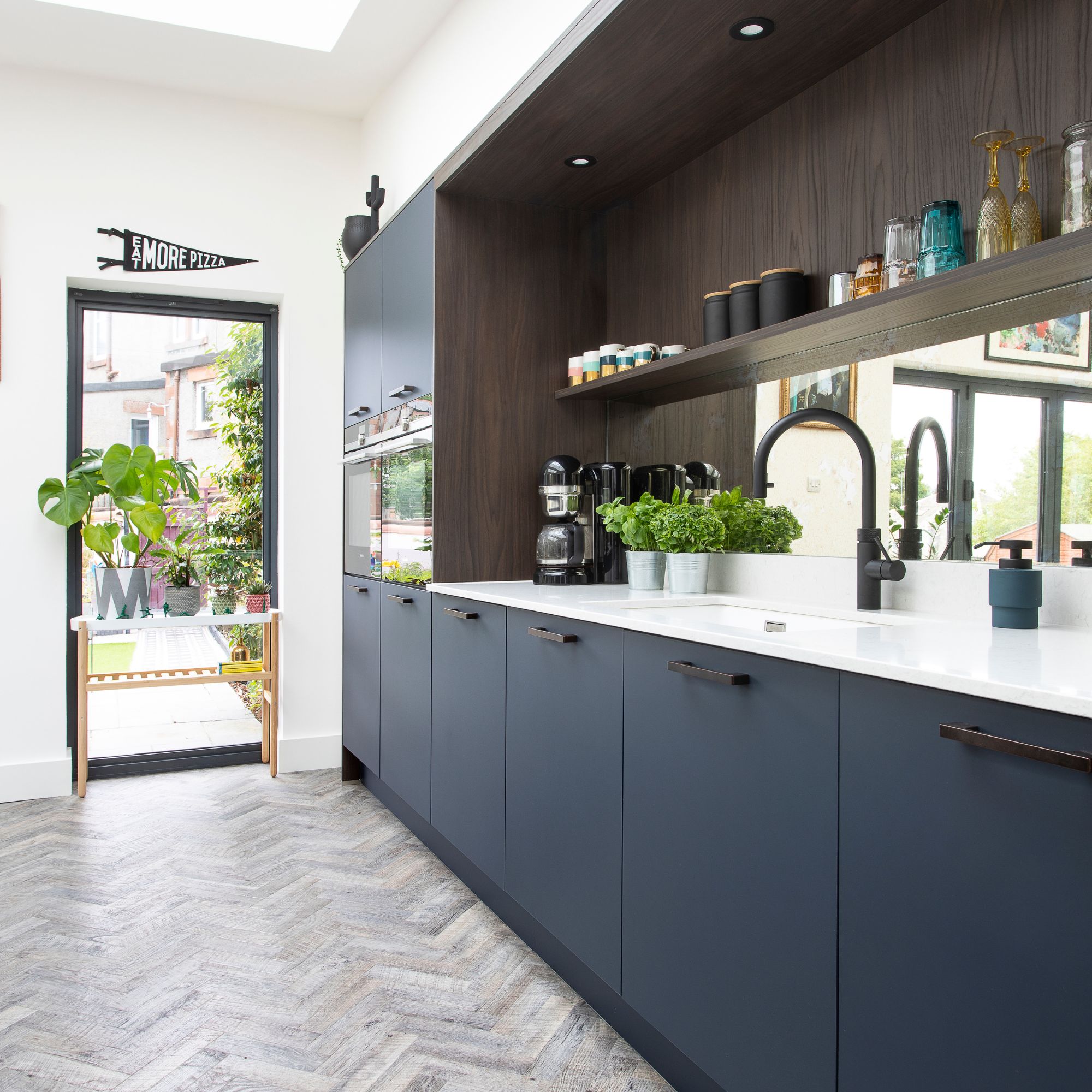
4 questions to ask yourself before adding a kitchen extension to your home
1. Does a kitchen extension suit my lifestyle?
A kitchen extension is an appealing proposition, but not automatically the best way to spend a home improvement budget.
‘If you are a couple who like dining out or who spend a lot of time at work or travelling, a large new kitchen extension may be a waste of space and money,’ says Thomas Goodman. ‘You may be better investing in a different part of your home such as an extra bedroom or home office.’
2. Will I use up too much of my permitted development allowance?
When it comes to planning permission for an extension, in many cases, you won't need it. Permitted development allows you to extend without applying for planning permission so long as you follow the rules, but there’s a limit to what you can do.
‘Under permitted development, you are allowed to extend your home by no more than 50 per cent of the land surrounding the original house,’ says Thomas Goodman. ‘This is known as your allowance. If you build a kitchen extension, this will use up some of your allowance.
‘Later on, you may decide that you want a side extension but may not have enough permitted development allowance left and have to apply for planning permission. This adds to the cost, timescale and stress of the project.’
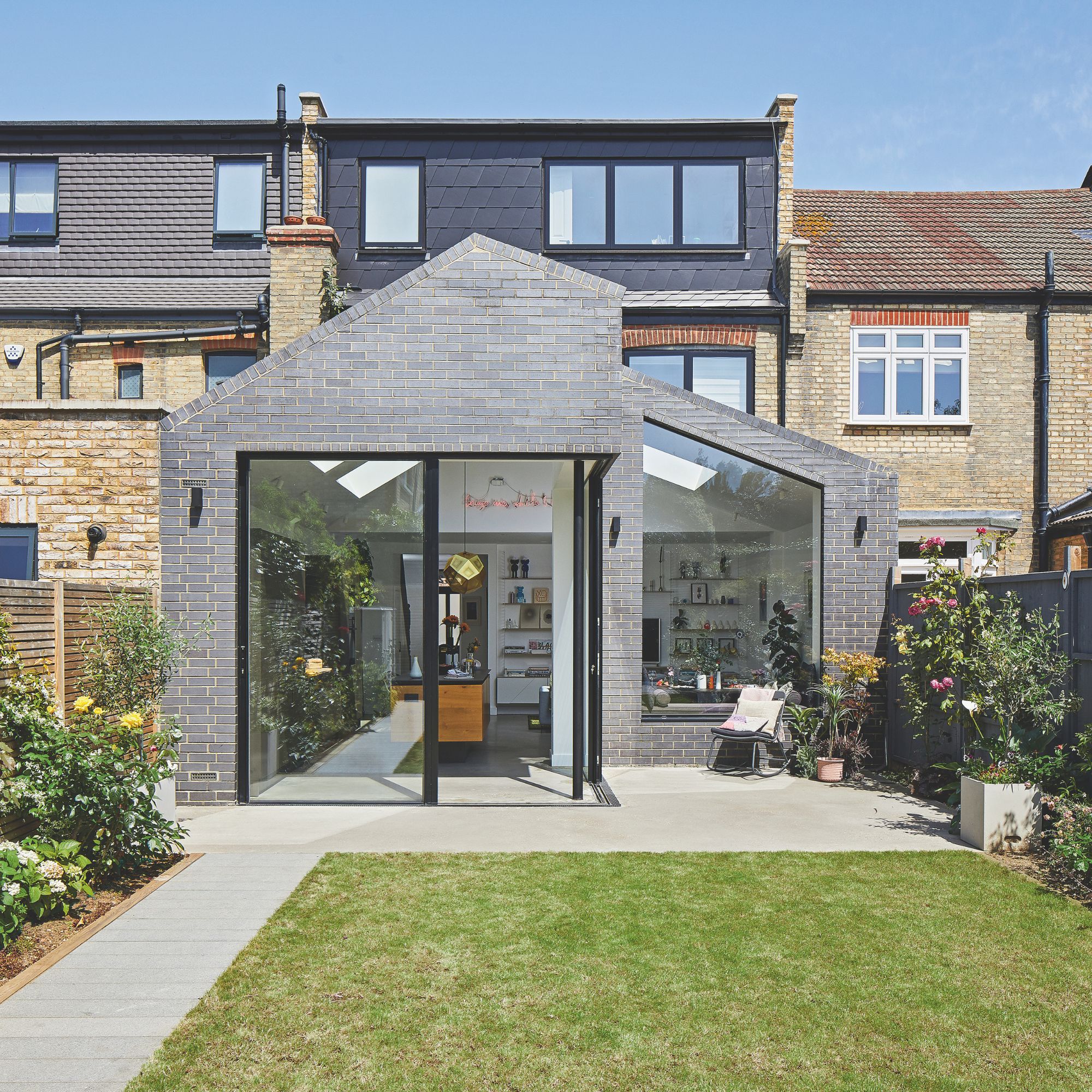
3. Can I afford what I want to achieve?
A kitchen extension is more costly than some other extensions you might take on, so think about what you can afford to spend.
‘It’s very easy to get carried away and design an expansive new extension and ground floor refurbishment and then discover the scope of work is completely outside of your budget,’ says Robert Burnett, co-founder and director, Kitchens by Holloways.
‘We would always want to discuss budgets first and what the client is hoping to achieve with the work and then home in on an achievable scope of work.’
4. How is the space going to be used?
What you want from a kitchen extension is important. ‘For example, is it a kitchen-living-dining area, a kitchen-dining area, or a kitchen-living area?’ asks Robert Burnett.
‘How many people need to sit in the living and/or dining area? Will there be a fireplace, a walk-in pantry, a TV, radiators? Will the patio doors be sliding or folding, and will they sit flush with the patio, or step down? These are all important considerations that will affect the overall design of the extension.’
FAQs
What other ways can improve your kitchen without extending?
There are alternatives to an extension that can create the kitchen you want. ‘You can achieve wonders by simply opening up existing walls, or by intelligently re-arranging rooms,’ says George Omalianakis.
Alternatively, it may be a question of addressing the existing kitchen. A better use of space, calculating the storage required, and thinking about needs and use can improve matters, according to Grant Straghan. ‘If something really doesn’t function due to poor design it often takes a minor tweak to enhance the user’s experience – this may be as simple as a clash when the dishwasher door is open when you need to access the bin or wall units mounted too high,’ he says.
Reflecting more of the natural light that reaches the room can also make a kitchen feel bigger. Consider a mirrored splashback, or one in light coloured marble (or a lookalike), plus light coloured worksurfaces; glass-fronted wall cabinets; and white, neutral or pale pastel cabinets.







